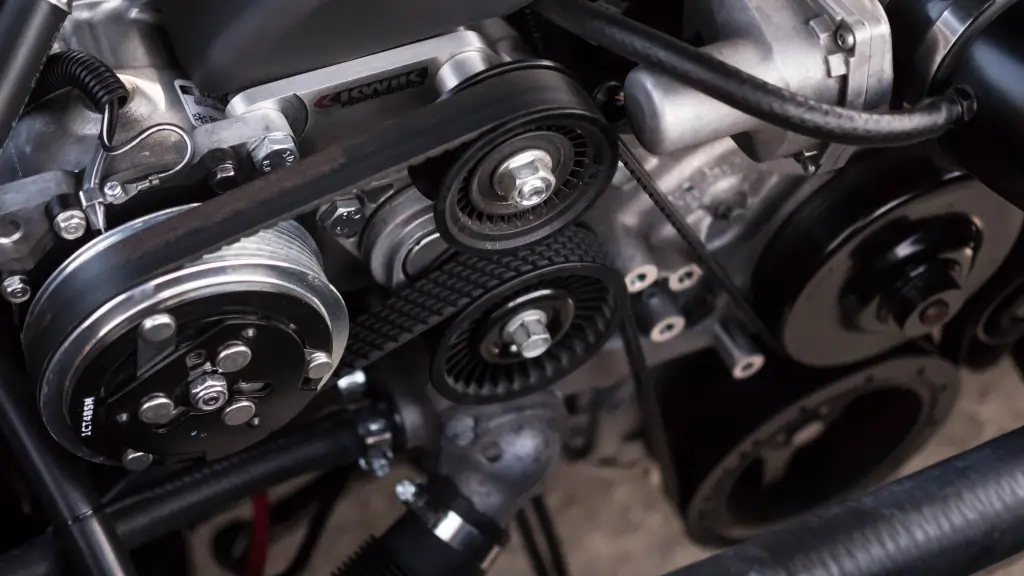Compared to other cleaning methods, ultrasonic cleaning offers several advantages. It minimises labour requirements, reduces the risk of damage to delicate surfaces, provides precise and thorough cleaning, minimises water and chemical usage, and promotes environmental sustainability.

Ultrasonic cleaning is highly versatile and capable of effectively eliminating a wide range of stubborn substances such as carbon, grime, oil, rust, dirt, and various contaminants.
It stands out when you compare other popular cleaning methods and technologies:
Manual Cleaning: Ultrasonic cleaning surpasses traditional manual cleaning methods in terms of efficiency and effectiveness. While manual cleaning allows for direct control and handling, it can be time-consuming and labour-intensive, and often requires extensive scrubbing and soaking. The effectiveness of manual cleaning heavily relies on the skills and effort of the individual performing the task. Ultrasonic cleaning utilises automated cavitation and intense vibrations to dislodge contaminants with minimal manual effort. It reaches intricate areas that may be difficult to access manually, ensuring thorough cleaning, and minimising the risk for human error.
Mechanical Agitation: Compared to cleaning methods that rely solely on mechanical agitation, such as scrubbing or brushing, ultrasonic cleaning offers superior results. Scrubbing and brushing can cause damage to delicate surfaces or intricate components. They require significant effort, and may not effectively reach intricate areas or remove contaminants trapped in fine details. Ultrasonic cleaning, with its gentle yet powerful cavitation action, provides a non-contact cleaning process that is gentle on delicate objects, intricate components, and items with complex geometries, reducing the risk of damage, while ensuring a thorough clean, penetrating hard-to-reach areas, crevices, and fine details, removing contaminants with precision.
Pressure Washing: Ultrasonic cleaning differs from pressure washing, which relies on the force of water and pressure washing chemicals. While pressure washing can be effective for certain applications, it may not be suitable for sensitive materials or intricate surfaces. The power of cavitation and the intense vibrations used in ultrasonic cleaning, provide a gentler, yet highly efficient, cleaning process that does not rely on external force.
Steam Cleaning: Steam cleaning utilises high-temperature steam to dissolve and remove dirt and grime, which can be energy intensive. It may also have limitations in terms of reaching intricate areas or effectively removing certain types of contaminants. Ultrasonic cleaning, with its ability to generate microscopic bubbles and intense vacuum energy, provides a more versatile and precise cleaning solution while using less energy. It can effectively remove a wide range of contaminants from various surfaces, including delicate objects and intricate components.
Chemical Cleaning: Chemical cleaning methods, especially those involving strong solvents or detergents, may present environmental concerns due to the release of potentially harmful substances into the ecosystem. Additionally, the cost of purchasing and disposing of chemical cleaning agents can be significant over time. Ultrasonic cleaning, in contrast, offers an efficient and environmentally friendly solution, reducing the reliance on harsh chemicals, and it can be used with environmentally friendly cleaning solutions. It offers a cost-effective and environmentally conscious cleaning method that achieves efficient and thorough results.
UVC Light Sterilisation: Ultraviolet germicidal irradiation is a disinfection method that uses short-wavelength ultraviolet light to kill or inactivate microorganisms. There was a lot of talk of it during and post-pandemic. When comparing UVC light sterilisation with ultrasonic cleaning, several factors come into play. Safety is a crucial consideration, as UVC light is a known carcinogen and requires cautious handling and protective measures. In contrast, ultrasonic cleaning eliminates risks by limiting user exposure to contaminants and hazardous equipment. Another consideration is environmental impact. UVC light sterilisation does not clean surfaces and may require high exposure levels for effectiveness, while ultrasonic cleaning reduces water and chemical usage, promoting sustainability. In terms of effectiveness, UVC light sterilisation may not clean thoroughly or prevent material damage, while ultrasonic cleaning ensures a deep clean by utilising sound waves and microscopic implosions.
What Makes Ultrasonic Cleaning Superior?
In ultrasonic cleaning, achieving consistent and repeatable cleaning results depends on various factors that can be adjusted for optimal performance.
- Temperature: By controlling the temperature and time, you can achieve optimal and reliable cleaning. Keeping the ultrasonic cleaning solution between 650°C (1200°F) and 760°C (1400°F) generally yields superior results compared to other cleaning methods.
- Liquid Surface Tension: Reducing the surface tension of the cleaning liquid enhances the strength of cavitation, leading to more effective cleaning and better overall outcomes.
- Vapour Pressure: The vapour pressure of the cleaning liquid affects the formation and behaviour of bubbles. High vapour pressure produces more bubbles with low intensity, while low vapour pressure results in fewer, but more forceful bubble implosions. Moderate vapour pressure levels are ideal for optimal ultrasonic activities.
- Density: Higher liquid density promotes intensive cavitation, generating greater implosive force and ensuring a more thorough and efficient cleaning process.
- Viscosity: Lower viscosity of the cleaning liquid promotes effective cavitation, allowing for more efficient cleaning of items that require a thorough wash.
By considering and adjusting these factors, you can optimise ultrasonic cleaning to achieve the best cleaning results consistently.
Ultrasonic cleaners also showcase their versatility and reliability by effectively cleaning a wide range of items. From quartz crystals in electronics to window blinds, automotive parts to jewellery, and even surgical instruments to laundries, these cleaners prove their capability across diverse objects and industries.
Overall, and compared to other cleaning methods, ultrasonic cleaning offers several advantages: It minimises labour requirements, reduces the risk of damage to delicate surfaces, provides precise and thorough cleaning, minimises water and chemical usage, and promotes environmental sustainability. These factors make ultrasonic cleaning a highly beneficial and cost-effective choice for achieving efficient and environmentally friendly cleaning results.

